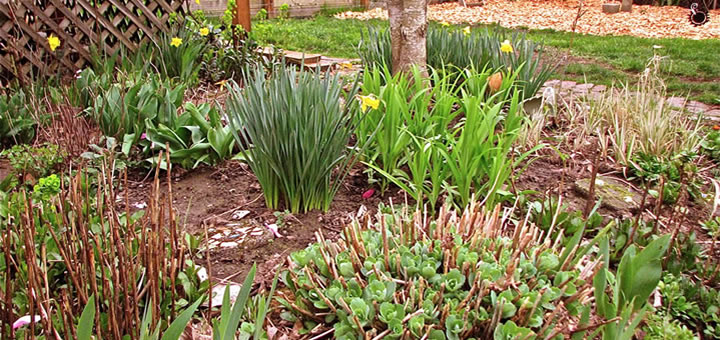Source: Tyler Francke, The Newberg Graphic
Fall is upon us and winter is just around the corner. It’s a time when garden projects are usually far from the minds of intrepid homeowners and do-it-yourselfers.
However, according to Pukhraj Deol, an urban and community horticulture instructor for the Oregon State University Extension Office in Washington County, there are a number of simple garden projects that can be done this time of year, including one that will help get flower and vegetable beds in top shape for next year.
“Being a soil scientist, the first thing that came into my mind is that this is the right time to get your soil tested and prepare it for next gardening season,” Deol said. “I often find new gardeners all excited in early or later spring when they don’t have enough time to build their soil and not an easy method to get rid of the grass.”
She said those who don’t invest their time in preparing their garden now, usually end up costing themselves in the long run with having to invest in expensive soil amendments and commercial fertilizers.
Instead, fall — when many gardeners are thinking about putting their beds to “bed” — is the ideal time to undertake an easy, inexpensive and environmentally friendly project called “sheet mulching” or “sheet composting.” Deol said this technique uses the addition of organic matter (including many materials that would otherwise wind up on the curb and in landfills, such as dead leaves, hay or straw, vegetable scraps, coffee grounds and even cardboard and newspaper), which break down slowly over the winter to give a nice and loose soil with, she added.
“Organic matter helps clay soils to loosen up and drain better and it also helps sandy soils to hold water,” she said. “So by thinking ahead and starting their garden project in fall, they can build the native soil into a healthy soil which is the foundation of a garden.”
Sheet composting is also sometimes called “lasagna gardening,” but don’t be fooled; it has nothing to do with pasta. The name actually refers to the layers of alternating organic matter, which help speed its decomposition into healthy compost over the winter months — no digging or tilling required.
To get started, spread 1 to 2 inches of a mix of high-nitrogen “green” material on the ground. Examples of good starting material include vegetable peelings, grass clippings, fresh manure, coffee grounds or plant cuttings (without seeds).
Top that with 1 to 2 inches of a mix of high-carbon “brown” material, such as leaves, straw, black-and-white newspaper, cardboard, sawdust, tea bags or wood ash.
Continue alternating the green and brown material. The pile could grow 2 to 3 feet high (don’t worry — it will shrink as it turns into compost). The last layer can be “green” or “brown” material.
Unlike real lasagna, there’s no need to top the finished product with cheese, though gardeners can cover it with more mulch or black plastic to protect it from the rain and wind (just don’t cover it too tightly).
Lasagna gardening does not require turning or aeration like a “hot” compost pile, but gardeners should be advised that the process does take months — which is why this is a project that should best be considered sooner rather than later.
However, those who do undertake it will be rewarded come springtime, when their gardens are topped with rich, healthy compost — ripe and ready for planting.
For more information and project ideas, visit https://extension. oregonstate.edu/gardening.
- A Very New Pickathon in 2022 - August 13, 2022
- Pickathon returns to Pendarvis Farm! It’s not just the artists that’ll be new. - August 3, 2022
- July is BIPOC Mental Health Awareness Month (Black, Indigenous, Persons of Color) - July 14, 2022









Leave A Comment